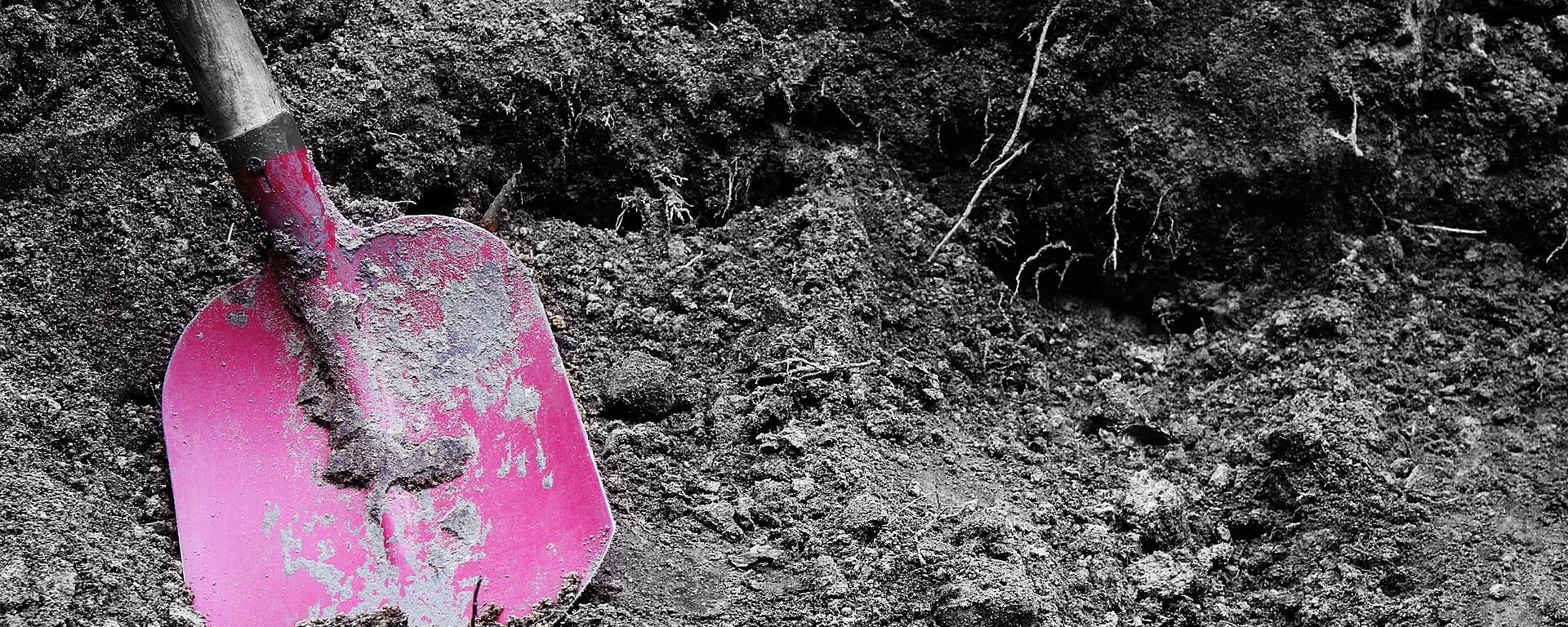https://sputnikglobe.com/20210811/norwegian-boy-in-search-of-granddads-wedding-ring-finds-roman-jewellery--photo-1083577972.html
Norwegian Boy in Search of Granddad's Wedding Ring Finds Roman Jewellery – Photo
Norwegian Boy in Search of Granddad's Wedding Ring Finds Roman Jewellery – Photo
Sputnik International
The golden ring dating back to the late Roman times or the Migration Period is seen as proof that rich and powerful people lived in Northen Europe at that... 11.08.2021, Sputnik International
2021-08-11T06:39+0000
2021-08-11T06:39+0000
2022-10-19T20:17+0000
europe
world
newsfeed
norway
roman era
archaeology
https://cdn1.img.sputnikglobe.com/img/107735/21/1077352112_0:150:1920:1230_1920x0_80_0_0_29ca578d4ad15a0f3df2987df65e32cc.jpg
Twelve-year-old Sander Magnus Vang from Inderøy in Trøndelag County has managed to find a 1,500-year-old ring from Roman times while searching for his grandfather's missing wedding ring with a metal detector.By his own admission, the detector went off and started beeping when he stumbled upon the golden ring.“I got a very loud sound”, he told national broadcaster NRK.His grandfather Tomas Vang said he'd been looking forward to having back his wedding ring he had lost this winter, but said he was happy with the “great find”.“At first I didn't react strongly, because I thought it might be something from a discount store or something like that. But when we started looking at it, it was very interesting,” Tomas Vang said.To make sure they hadn't done anything wrong, they immediately reported the discovery to archaeologists.“We don't get so many inquiries of this kind, so this is a bit special,” archaeologist Hanne Haugen of the cultural heritage section in Trøndelag county municipality told NRK.According to her, the ring likely dates back to the late Roman times or the Migration Period.“It looks like it was originally a small finger ring in gold. And then there are twisted thin gold strips around, which we interpret as payment gold. So probably this is simply currency to pay for goods and services,” she mused. “It says that there have been people who have had resources, relatively powerful or rich people. There is quite a lot of gold in this ring. Here we have great value that someone has lost, hidden or sacrificed 1,500 years ago,” she added.After taking X-rays and cleaning, the ring will be repositioned into the NTNU University Science Museum.
https://sputnikglobe.com/20200120/roman-coin-found-in-northern-norway-may-redraw-historic-trade-map-1078082255.html
norway
Sputnik International
feedback@sputniknews.com
+74956456601
MIA „Rossiya Segodnya“
2021
News
en_EN
Sputnik International
feedback@sputniknews.com
+74956456601
MIA „Rossiya Segodnya“
Sputnik International
feedback@sputniknews.com
+74956456601
MIA „Rossiya Segodnya“
europe, newsfeed, norway, roman era, archaeology
europe, newsfeed, norway, roman era, archaeology
Norwegian Boy in Search of Granddad's Wedding Ring Finds Roman Jewellery – Photo
06:39 GMT 11.08.2021 (Updated: 20:17 GMT 19.10.2022) The golden ring dating back to the late Roman times or the Migration Period is seen as proof that rich and powerful people lived in Northen Europe at that time.
Twelve-year-old Sander Magnus Vang from Inderøy in Trøndelag County has managed to find a 1,500-year-old ring from Roman times while searching for his grandfather's missing wedding ring with a metal detector.
By his own admission, the detector went off and started beeping when he stumbled upon the golden ring.
“I got a very loud sound”, he told national broadcaster NRK.
His grandfather Tomas Vang said he'd been looking forward to having back his wedding ring he had lost this winter, but said he was happy with the “great find”.
“At first I didn't react strongly, because I thought it might be something from a discount store or something like that. But when we started looking at it, it was very interesting,” Tomas Vang said.
To make sure they hadn't done anything wrong, they immediately reported the discovery to archaeologists.

20 January 2020, 06:33 GMT
“We don't get so many inquiries of this kind, so this is a bit special,” archaeologist Hanne Haugen of the cultural heritage section in Trøndelag county municipality told NRK.
According to her, the ring likely dates back to the late
Roman times or the Migration Period.
“It looks like it was originally a small finger ring in gold. And then there are twisted thin gold strips around, which we interpret as payment gold. So probably this is simply currency to pay for goods and services,” she mused. “It says that there have been people who have had resources, relatively powerful or rich people. There is quite a lot of gold in this ring. Here we have great value that someone has lost, hidden or sacrificed 1,500 years ago,” she added.
After taking X-rays and cleaning, the ring will be repositioned into the NTNU University Science Museum.



